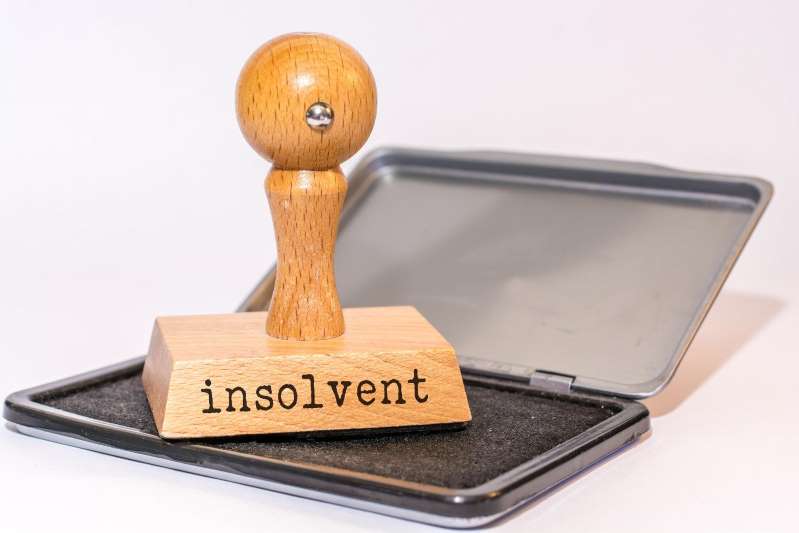For companies, the quota payment was extended to three years in the restructuring process.

First the good news: corporate insolvencies fell by 38 percent last year; in January 2021 even by 58 percent. The bad news is: the bankruptcy wave is sure to come; at the latest when the tax deferrals expire and the obligation to file for insolvency comes into force again in the event of overindebtedness.
“Both measures will expire at the end of March, but there are considerations here to extend these measures further,” says Gerhard Weinhofer, insolvency expert from the credit reform association, to the KURIER.
Weinhofer also points out that Austrian insolvency law is primarily designed for corporate restructuring. And the government has made another relief in the course of the Covid-19 measures.
Accommodating
“If a company plans a restructuring process this year, it will not have to meet the quota for the creditors in two years, but in three years. That is very good accommodation, ”says the expert.
In the restructuring process without self-administration, a total of 20 percent quota must be paid to the creditors, in the restructuring process with self-administration at least 30 percent. Insolvency proceedings do not mean the end of a company. A third of the insolvency cases lead to restructuring proceedings and the companies can continue. “You get a second chance, but many don't see it,” says Weinhofer. “You have to understand when someone has the courage to pull the plug and try to reorganize as part of insolvency proceedings.” Postscript: “That is much more sensible than muddling around forever and flying blind.”
But there is a new regulation regarding the debt relief of sole proprietorships. Because: Austria must have implemented the restructuring and insolvency directive of the European Union by July 2021. In future, failed entrepreneurs should no longer be punished for their entrepreneurial risk through lengthy procedures.
“The residual debt discharge for sole proprietorships is to be shortened from five to three years,” says Weinhofer. “That means, after three years, an insolvent sole proprietor should have reduced his debts and be able to start over. This is an important topic, especially for one-person companies. “

